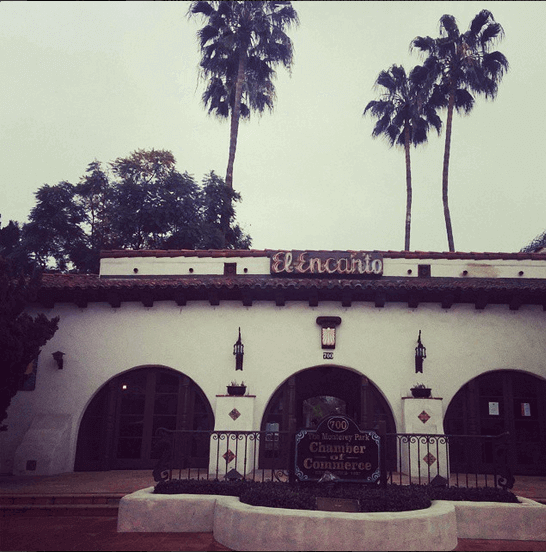661 Imperial Street LA CA 90021
Boyle Heights & Monterey Park: The Hidden Histories of L.A.’s Melting Pot tour
Press clips: Los Angeles Times feature article on this tour.
On the east side the Los Angeles River, some of the most fascinating Southern California stories are waiting to be told. Join Esotouric, L.A.’s most eclectic bus adventure company, on a century’s social history tour through the transformation of neighborhoods, punctuated with immersive stops to sample the sites, smells and cultures that make our changing city so beguiling.
Voter registration, citizenship classes, walkouts, blow-outs, anti-Semitism, adult education, racial covenants, boycotts, The City Beautiful, Exclusion Acts and Immigration Acts, property values, xenophobia, and delicious dumplings—all are themes which will be addressed on this lively bus and walking tour.
THE SAN GABRIEL VALLEY:
In the mid-1920s, Monterey Park was poised on the brink of becoming the Beverly Hills of the east. The Wall Street crash put an end to opulent residential development, but left some beautiful remnants of what might have been. In the 1950s, a thriving Italian-American community settled in the hills, and established some of the area’s most beloved landmark businesses. Since the 1980s, the communities of Alhambra, San Gabriel and Monterey Park have transformed themselves from sleepy suburban bedroom communities (bursting at the seams from a 1950s housing explosion) to the nexus of a pan-Asian megalopolis. Fueled by immigration and investment from Taiwan, Hong Kong and South-East Asia, these communities have found their 21st Century identity, and their economic base—but at the expense of aging long-time residents, who have seen familiar neighborhoods and retail zones become unrecognizable.
BOYLE HEIGHTS:
In the 1890s, Rev. Dana Bartlett ministered to and taught the Russian Molokons in the cramped riverside neighborhood known then and now as “The Flats.” Today, the area contains public housing projects–a belated mid-century solution to the social problems that worried Bartlett, and an ongoing challenge for residents and city planners. In the 1960s, the Chicano Moratorium emerged from the same streets where in the 1920s and 1930s Jewish activists helped change the face of labor in California and the nation. Using the organizing tools first honed by their Jewish neighbors, young Chicanos stood up and rejected the military machine that sent so many of their peers to die in Vietnam, and developed an empowered social identity that lead all the way to the Mayor’s office.
SO GET ON THE BUS:
This whirlwind social history tour of some of the most interesting and dynamic neighborhoods on the east side of Los Angeles will include stops at:
- The Vladeck Center
- Hollenbeck Park
- Wyvernwood Garden Apartments
- Evergreen Cemetery
- El Encanto & Cascades Park
- Divine’s Furniture
- Wing Hop Fung for a complementary tea tasting
This tour is part of Esotouric’s California Culture tour series (formerly known as the Reyner Banham Loves L.A. series).
